When it comes to achieving the perfect vocal mix, artists and producers often debate between using vocal presets or manually mixing their tracks. Each approach has its advantages and drawbacks, and choosing the right method depends on your experience level, workflow preferences, and artistic goals. Understanding how both techniques work will help you make an informed decision and improve your overall sound quality.
Understanding Vocal Presets
Vocal presets are pre-configured effect chains that apply a combination of equalization (EQ), compression, reverb, delay, and other audio processing effects to a vocal track. These presets are designed to provide a polished and professional sound with minimal effort. Whether you’re a beginner learning the ropes or an experienced producer looking to speed up your workflow, vocal presets offer a quick solution to achieving a high-quality mix.
One of the biggest advantages of vocal presets is their ability to save time. Instead of spending hours tweaking settings, you can simply load a preset and instantly hear a refined vocal sound. This is especially useful for artists who want to focus more on creativity rather than technical adjustments. Many presets are designed to replicate the sound of popular artists, making it easier to achieve a specific vocal tone without deep knowledge of mixing.
Presets also ensure consistency across multiple tracks. If you're working on an album or a project with several songs, using the same vocal preset can create a unified sonic identity. Instead of manually adjusting each track to match, a preset allows you to maintain balance and cohesion throughout your project.
However, relying solely on presets can have limitations. Since presets are designed as general templates, they may not perfectly match every vocal performance. Every voice is unique, and applying a preset without making adjustments can sometimes lead to an unnatural or overly processed sound. Presets work best when used as a starting point, requiring fine-tuning to fit the individual characteristics of a vocal recording.
The Art of Manual Mixing
Manual mixing gives complete control over the vocal sound, allowing for precise adjustments tailored to each performance. Engineers use a variety of tools such as EQ, compression, reverb, and saturation to shape the vocals from scratch. While this process can be time-consuming, it allows for a higher level of customization and creative freedom.
One of the main advantages of manual mixing is the ability to highlight the unique qualities of a vocal recording. Every artist has a different tone, pitch, and delivery style, and a one-size-fits-all preset might not always bring out the best in a performance. Mixing manually ensures that every detail, from subtle breaths to powerful high notes, is treated with care to enhance the emotion and impact of the track.
Another benefit of manual mixing is the ability to work dynamically with the song's arrangement. A preset applies the same settings throughout the entire track, but manual mixing allows for automation, where effects and levels can change in different sections of the song. This technique helps create depth and movement, ensuring the vocals sit perfectly in the mix at every moment.
While manual mixing provides unmatched control, it does require a solid understanding of audio engineering. Beginners may find the process overwhelming, as it involves learning how different effects interact with each other and how to balance frequencies correctly. It also demands a significant time investment, especially when working on multiple songs. Without proper skills, manual mixing can lead to unbalanced vocals that lack the polished feel of professional productions.
Which One Is Right for You?
Choosing between vocal presets and manual mixing depends on your skill level, workflow, and creative needs. If you're a beginner or an artist looking for quick results, vocal presets can be an excellent way to achieve a professional sound without technical expertise. They allow you to focus on recording and creativity while ensuring your vocals sound polished with minimal effort. Even experienced engineers use presets as a foundation, adjusting settings as needed to fit the mix.
On the other hand, if you have a strong grasp of mixing techniques and prefer a highly customized sound, manual mixing provides the flexibility needed to fine-tune every aspect of a vocal performance. This approach is ideal for producers and engineers who want complete control over their sound and are willing to invest the time to achieve a unique mix.
For many artists, the best approach is a combination of both methods. Using vocal presets as a starting point and then manually adjusting them can provide the best of both worlds. This hybrid technique saves time while allowing for personal customization, ensuring that your vocals stand out in every track.
Whether you choose vocal presets, manual mixing, or a combination of both, the key is to experiment and find what works best for your music. The ultimate goal is to create a mix that enhances your vocals, captures the right emotions, and delivers a professional-quality sound.

